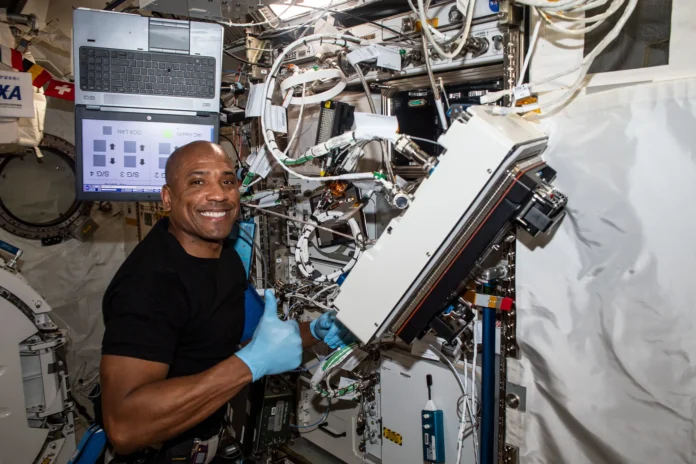Since our childhood, after reading stories we all have once thought of becoming an astronaut and some do become one, but those who still want to be part of space exploration and flying machines can become an aero engineer, aerospace engineer, aeronautical engineer, Spacecraft engineer, or aerodynamic engineer.
In this article, we will dive deeper and find out a2z information about becoming one, what are the requirements, and how much you can earn if you become an aerospace engineer. So let’s explore.
Table of contents
- Aero Engineer Summary
- Duties of Aero Engineer
- Where do Aerospace Engineers work?
- How to Become an Aerospace Engineer?
- Best Colleges to Study Aerospace Engineering
- How Much Does an Aerospace Engineer Earn?
- Job Outlook
- Global Aerospace Industry Growth
- Aerospace Market Players with Careers Page Link
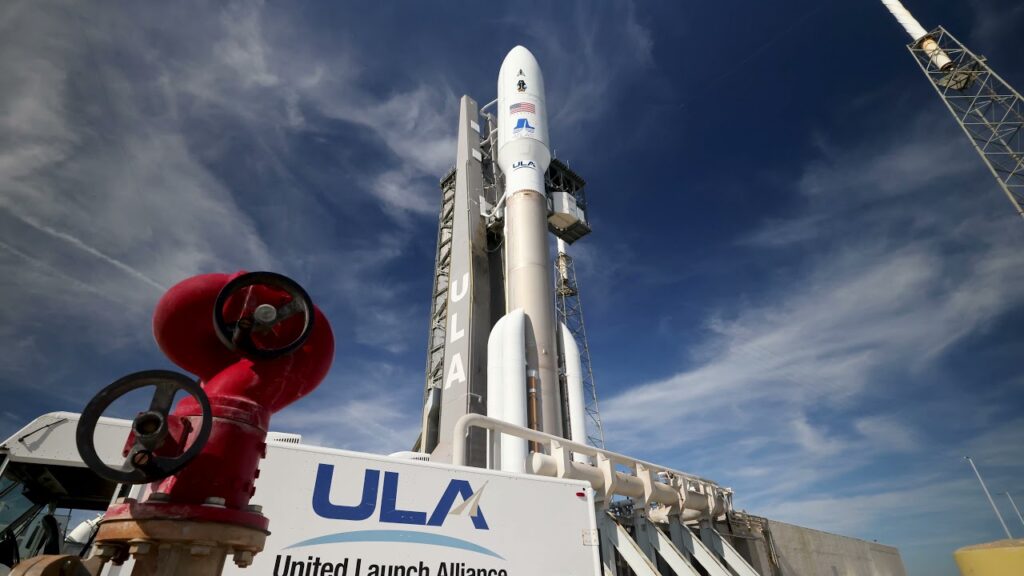
Aero Engineer Summary
Aerospace engineering drives innovation in flight and space exploration, shaping the future of air and space travel. This field encompasses the creation, testing, and production of aircraft, spacecraft, and their supporting systems, tackling challenges in both atmospheric and space flight. There are two branches of Aerospace Engineering:
- Aeronautical engineering, a key branch of aerospace engineering, focuses on mastering flight within Earth’s atmosphere. Engineers in this field design and improve aircraft ranging from small drones to commercial airliners, enhancing their safety, efficiency, and performance.
- Astronautical engineering, the space-focused counterpart, pushes the boundaries of human exploration beyond our planet. These engineers develop spacecraft, launch vehicles, and advanced technologies necessary for missions to other planets and deep space exploration.
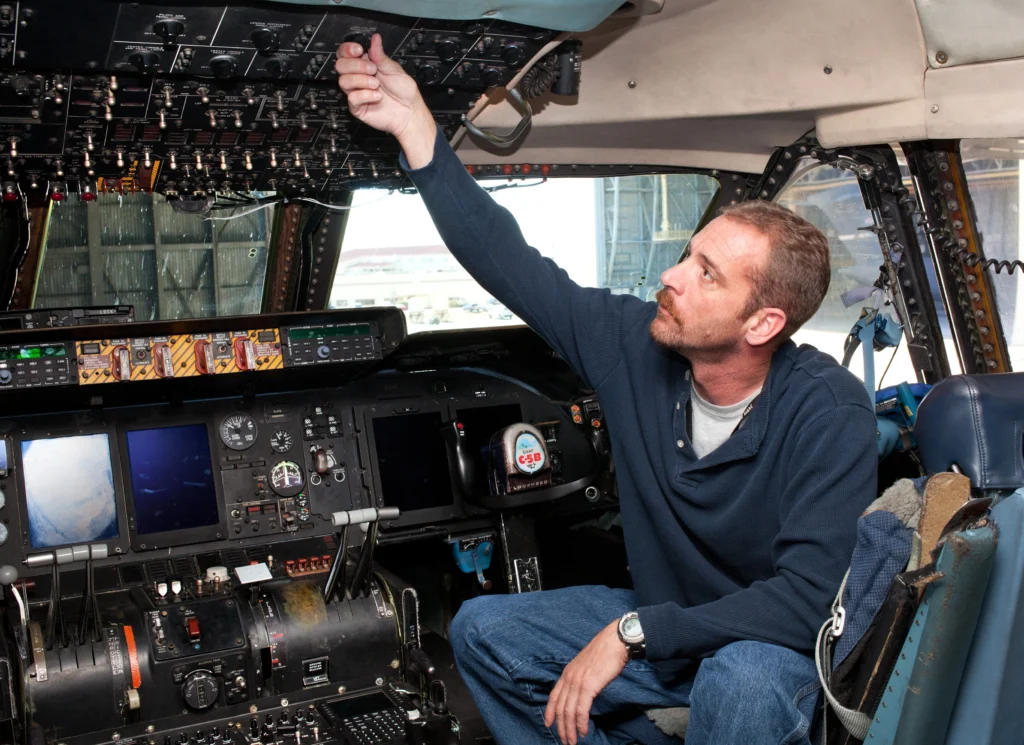
Duties of Aero Engineer
According to the Bureau of Labor Statistics (BLS), Aerospace engineers design, develop, and test aircraft, spacecraft, satellites, and missiles, ensuring these complex systems function according to precise specifications.
These engineers coordinate the entire lifecycle of aerospace projects, from initial concept to manufacture and testing. They evaluate proposals for technical and financial feasibility, balancing ambitious goals with practical constraints. Safety remains paramount, with engineers rigorously assessing designs to meet stringent standards and regulations.
Aerospace engineers develop comprehensive criteria for design, quality, and long-term sustainment. They ensure projects adhere to engineering principles, customer requirements, and environmental regulations. When issues arise, they inspect malfunctioning products, identify root causes, and devise effective solutions.
The field encompasses various specializations.
- Some engineers focus on aerodynamics, optimizing fluid flow around vehicles. Others specialize in structural design, creating robust yet lightweight components.
- Guidance, navigation, and control systems require expertise in complex algorithms and sensor technology.
- Communication and instrumentation specialists develop advanced avionics.
- Robotics engineers integrate autonomous systems into aerospace applications.
- Propulsion and combustion experts push the boundaries of engine technology.
Aerospace engineers often concentrate on specific product categories.
- Commercial and military aircraft design demands knowledge of passenger comfort, fuel efficiency, and combat capabilities.
- While Remotely piloted aircraft and rotorcraft present unique challenges in control and stability.
- Spacecraft engineering involves tackling the harsh environment of space, from launch vehicles to satellites.
- For Missile and rocket design you will require knowledge of precision guidance and propulsion systems.
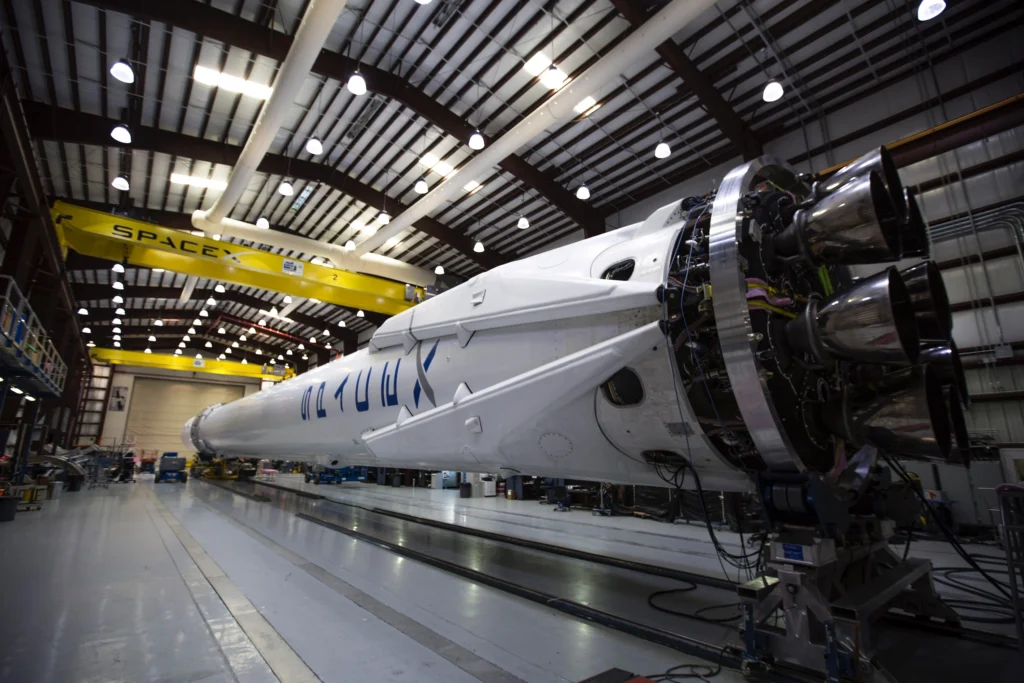
Where do Aerospace Engineers work?
According to the Bureau of Labor Statistics, U.S. Department of Labor, In 2022, the industry employed approximately 63,800 professionals, with job distribution highlighting key areas of demand and innovation.
Here’s a table representing the distribution of aerospace engineering jobs across different sectors:
| Sector | Percentage of Jobs |
|---|---|
| Aerospace product and parts manufacturing | 34% |
| Engineering services | 16% |
| Federal government (excluding postal service) | 16% |
| Research and development in physical, engineering, and life sciences | 10% |
| Navigational, measuring, electromedical, and control instruments manufacturing | 6% |
| Other sectors | 18% |
Work environments for aerospace engineers typically center around office settings, with extensive use of advanced computer systems for design and simulation. However, the job often requires travel to meet clients, visit manufacturing facilities, or attend industry conferences.
Full-time employment is standard in aerospace engineering, with some positions demanding more than 40 hours per week.
Keep reading to find out where you can get a job in this field. Further, we will add links to companies that frequently hire aero engineers globally.
Here comes the most important question,

How to Become an Aerospace Engineer?
An aero engineer or aerospace engineer requires a bachelor’s degree in aerospace engineering or a related field to serve as the primary entry point for aspiring professionals.
High school students should focus on chemistry, physics, and math to prepare for college-level engineering programs. These foundational subjects provide the necessary background for understanding complex aerospace concepts.
Bachelor’s degree programs in aerospace engineering offer comprehensive curricula. Students engage in classroom lectures, laboratory work, and field studies. Core subjects include stability and control, structures, and mechanics, providing a well-rounded understanding of aerospace principles.
Many universities offer cooperative education programs and internships through partnerships with industry leaders. These opportunities allow students to gain practical experience, apply theoretical knowledge, and build professional networks while completing their degrees.
Some institutions provide accelerated 5-year programs leading to both bachelor’s and master’s degrees. Advanced degrees open doors to academic positions and research and development roles, offering career advancement opportunities.
Accreditation plays a crucial role in aerospace engineering education. Employers often prefer graduates from ABET-accredited programs, as these ensure a standardized level of quality education. Accredited degrees are typically required for professional licensure.
While entry-level positions don’t mandate licensure, experienced engineers may pursue Professional Engineering (PE) licenses. PE certification allows engineers to oversee projects, sign off on designs, and offer services directly to the public.
The licensure process involves several steps:
- Earning a bachelor’s or higher degree from an ABET-accredited program
- Passing the Fundamentals of Engineering (FE) exam
- Gaining relevant work experience (typically several years)
- Passing the Professional Engineering (PE) exam
Licensing is state-specific, but most states offer reciprocity for licenses obtained elsewhere, provided the original state’s requirements meet or exceed their own standards. Many states mandate continuing education for licensed engineers to maintain their credentials, ensuring professionals stay current with industry developments.
For aerospace engineers working on national defense projects, security clearances may be necessary. Furthermore, some clearance levels require U.S. citizenship, adding an additional consideration for those pursuing careers in defense-related aerospace engineering.
Technical expertise and leadership abilities pave the way for supervisory roles, engineering management positions, and project management specializations.
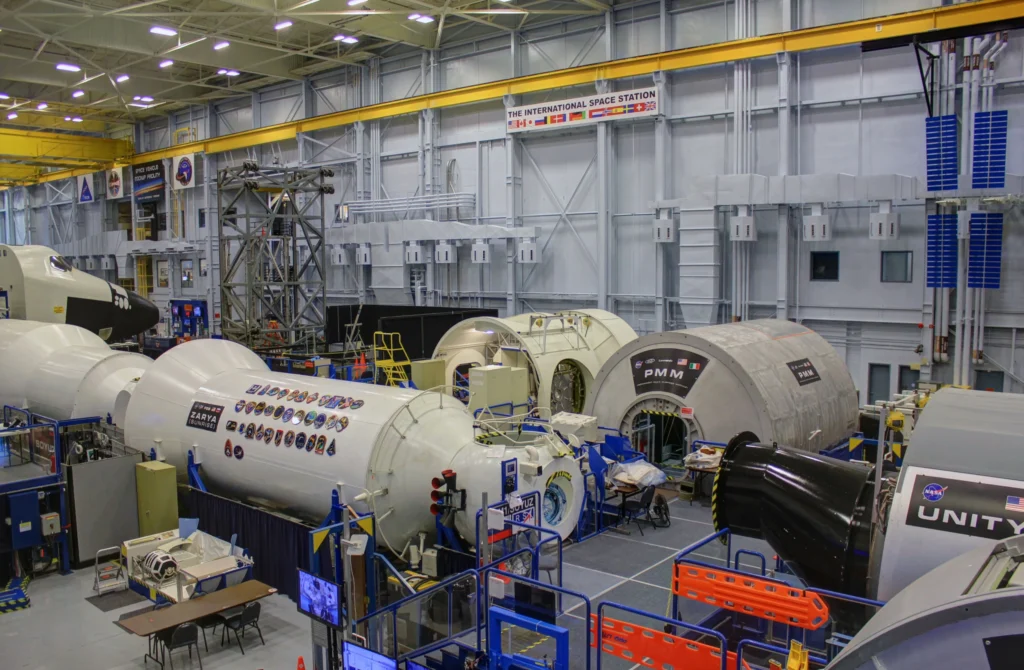
Important Skills for Aero Engineer:
- Analytical skills form the core of aerospace engineering. Engineers critically evaluate design elements, proposing improvements to enhance performance, safety, and efficiency.
- Business acumen complements technical knowledge in aerospace engineering. Understanding commercial law and federal standards is crucial for compliance and project success.
- Effective communication is vital in aerospace engineering. Engineers must articulate complex design details clearly, both verbally and in writing.
- Interpersonal skills facilitate collaboration in aerospace engineering teams. Engineers interact with colleagues from various disciplines and non-technical team members.
- Mathematical proficiency underpins aerospace engineering work. Advanced mathematics, including calculus and trigonometry, is essential for analysis, design, and troubleshooting.
- Problem-solving abilities drive aerospace innovation. Engineers continuously upgrade designs to improve aircraft performance, focusing on aspects like fuel efficiency and safety.

Best Colleges to Study Aerospace Engineering
Best colleges in the United States
This list provides a preview of the top aerospace engineering institutions in a particular ranking. Here’s a brief overview of these institutions:
- Massachusetts Institute of Technology (MIT): Known for its cutting-edge research and innovation in aerospace engineering.
- California Institute of Technology: Known for providing excellent master’s and PhD level education in the US
- Georgia Institute of Technology: Offers a strong aerospace engineering program with extensive research opportunities.
- United States Air Force Academy: Provides specialized aerospace engineering education for future Air Force officers.
- Purdue University – West Lafayette: Has a long-standing reputation for excellence in aerospace engineering.
- Embry-Riddle Aeronautical University: Focuses specifically on aviation and aerospace education. The best college for placement opportunities in the aerospace industry.
- Rensselaer Polytechnic Institute: Offers a comprehensive aerospace engineering program with a strong emphasis on technology.
- University of Michigan: Known for its research-oriented aerospace engineering program.
- University of Texas at Austin: Provides a robust aerospace engineering curriculum with various specializations.
- University of Colorado Boulder: Offers a well-regarded aerospace engineering program with ties to the aerospace industry.
- University of Maryland, College Park: Features a strong aerospace engineering department with diverse research areas.
- Princeton University: The staff is highly qualified and has one of the best engineering departments in the country.
Best colleges in India
India boasts over 100 top-tier Aerospace Engineering colleges, with 78 under private ownership and 17 operated by public or government organizations.
Among the prestigious institutions, IIT Bombay, IIT Madras, IIT Kharagpur, IIT Hyderabad, and IIT Kanpur stand out as pillars of excellence in aerospace engineering education. Here’s the list of the best colleges for studying aerospace engineering in India.
- Indian Institute of Technology, (IIT) Madras
- Indian Institute of Technology, (IIT) Delhi
- Indian Institute of Technology, (IIT) Bombay
- Indian Institute of Technology, (IIT) Kanpur
- Indian Institute of Technology, (IIT) Kharagpur
- Indian Institute of Technology, (IIT) Hyderabad
- LPU
- Chandigarh University
- SRM IST Kattankulathur
- SASTRA
- Ramaiah Institute of Technology Admission
- Visvesvaraya Technological University
There are many other good colleges, so do your own research and based on convenience select them.
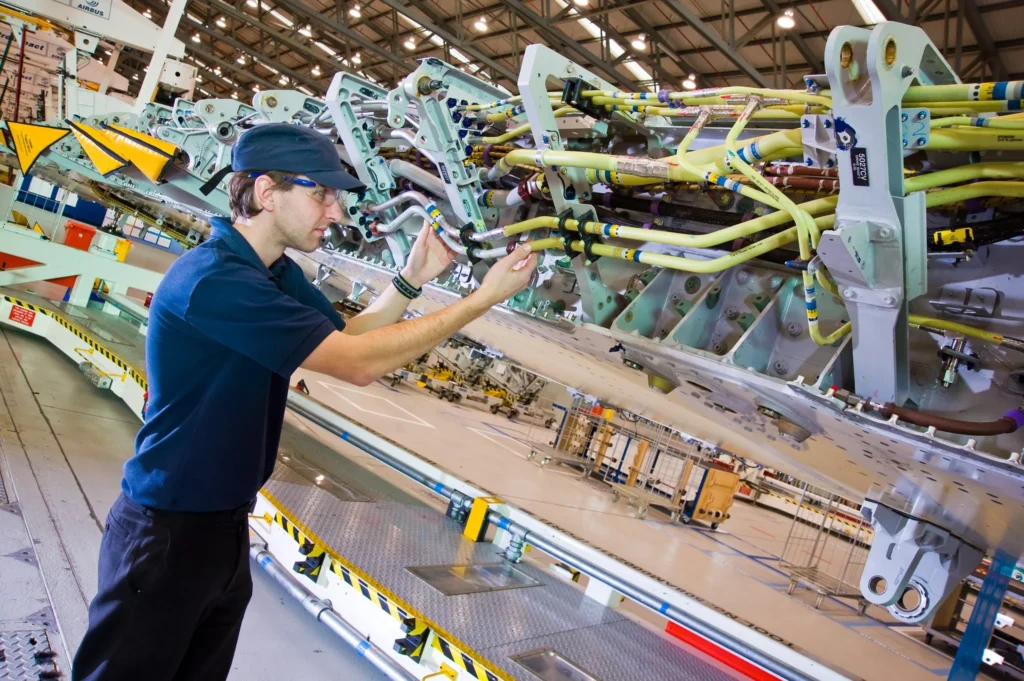
How Much Does an Aerospace Engineer Earn?
As per the U.S. Bureau of Labor Statistics, Occupational Employment, and Wage Statistics, As of May 2023, aerospace engineers commanded substantial compensation across various industries, with the median annual wage for aerospace engineers reaching $130,720.
Industry-specific median annual wages for aerospace engineers in May 2023 were as follows:
| Industry | Median Annual Wage |
|---|---|
| Research and development in physical, engineering, and life sciences | $136,620 |
| Navigational, measuring, electromedical, and control instruments manufacturing | $135,280 |
| Federal government (excluding postal service) | $133,040 |
| Aerospace product and parts manufacturing | $130,720 |
| Engineering services | $128,870 |
Research and development in physical, engineering, and life sciences offered the highest median salary at $136,620.
Note: Some positions mentioned above require more than 40-hour work week.

Job Outlook
Aerospace engineering job outlook remains positive, with projected growth outpacing the average for all occupations. From 2022 to 2032, the field is expected to expand by 6 percent, indicating strong demand for skilled professionals.
The U.S. Bureau of Labor Statistics forecasts approximately 3,800 annual openings for aerospace engineers over the next decade. These opportunities stem from both industry growth and the need to replace retiring workers or those transitioning to different roles.
Several factors drive this growth:
- Aircraft redesign initiatives focus on noise reduction and fuel efficiency, spurring demand for innovative engineering solutions.
- Advancements in satellite technology, particularly cost-effective small satellites, expand commercial viability and increase demand for aerospace expertise.
- Growing interest in drone applications, such as forest fire detection, creates new engineering challenges and opportunities.
- Continued investment in space exploration and commercial spaceflight fuels the need for specialized aerospace knowledge.
Here’s a table summarizing the employment projections data for aerospace engineers from 2022 to 2032:
| Occupational Title | SOC Code | Employment, 2022 | Projected Employment, 2032 | Change, 2022-32 |
|---|---|---|---|---|
| Aerospace engineers | 17-2011 | 63,800 | 67,700 | 6% (3,900) |
The data reveals a projected increase of 3,900 jobs, bringing the total employment from 63,800 in 2022 to 67,700 by 2032. So, yes these are slightly fewer jobs but this is just data from one country, other developing countries are allocating budgets in space, defense, and aerospace domains and this will create thousands of jobs across the world.
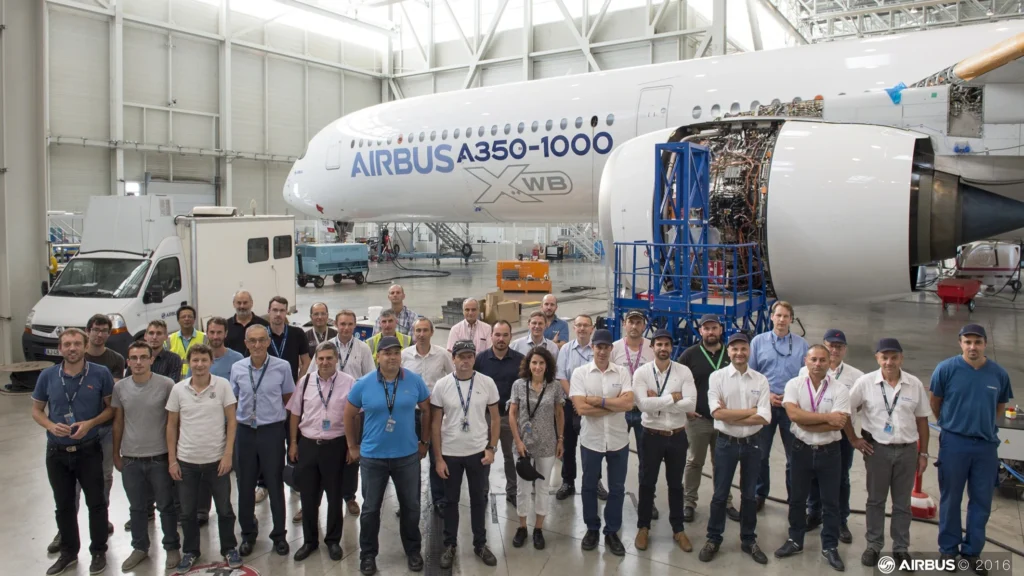
Global Aerospace Industry Growth
As per the Precedence Research‘s data and statistics, the global aerospace market demonstrates robust growth, with projections indicating significant expansion over the next decade. This trend reflects the industry’s resilience and continued innovation across various sectors.
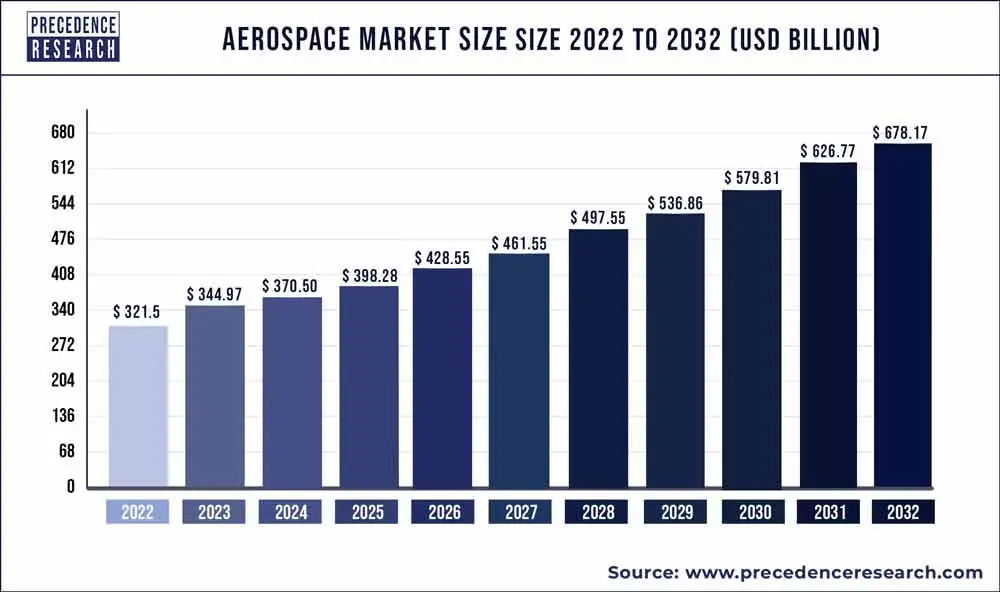
Key Aerospace market insights:
- Market size in 2022: USD 321.5 billion
- Projected market size by 2032: USD 678.17 billion
- Compound Annual Growth Rate (CAGR): 7.80%
The U.S. aerospace market demonstrates significant growth potential, mirroring global industry trends.
Key U.S. market insights:
- Market size in 2022: USD 103.52 billion
- Projected market size by 2032: USD 218.37 billion
- Compound Annual Growth Rate (CAGR): 7.80%
North America leads aerospace revenue, claiming 46% in 2022. Boeing and Lockheed Martin drive innovation in this mature market. Key trends include sustainable aviation, space exploration by SpaceX, and increased defense spending. The region’s commercial aviation sector focuses on efficiency and passenger experience.
Asia-Pacific’s aerospace market grows fastest. Rising passenger numbers in China and India boost commercial aviation. Governments invest in defense capabilities. The region advances in space activities, including lunar exploration and satellite technology. Aircraft production increases, and international space collaborations expand.
Europe’s aerospace sector excels in technology and innovation. Airbus and Rolls-Royce lead the industry here. The region demands commercial and military aircraft while prioritizing sustainable practices and safety. European Space Agency contributes to space exploration efforts. Europe’s aerospace industry commits to excellence and environmental responsibility.
Now comes some of the largest players in this sector,

Aerospace Market Players with Careers Page Link
Add more govt and private company links
- NASA: Careers in Engineering – NASA
- ISRO: All Current Opportunities (isro.gov.in)
- SpaceX: SpaceX – Job Search
- Boeing Company: Search Engineering Jobs at Boeing
- Airbus SE: Careers (myworkdayjobs.com)
- Lockheed Martin Corporation: Engineering Careers | Lockheed Martin
- Northrop Grumman Corporation: Engineering Careers – Make Something Incredible | Northrop Grumman
- Raytheon Technologies Corporation: Careers at RTX | RTX jobs
- General Dynamics Corporation: Careers at GD | General Dynamics
- Safran S.A.: Job openings | Safran (safran-group.com)
- BAE Systems plc: Careers | BAE Systems
- Honeywell International Inc.: Search results | Find available job openings at Honeywell
- General Electric Company: Search results | Find the available job openings at GE Aerospace (gecareers.com)
- Thales Group: Engineer Career Opportunities at Thales Group
- Rolls-Royce Holdings plc: Apply | Rolls-Royce
- United Technologies Corporation: Raytheon (rtx.com)
- Leonardo S.p.A.: Work With Us | Leonardo
Many of the above-mentioned companies also provide internship and apprenticeship opportunities. Make sure you check them out.
If you are in the United States then you can find a list of available positions based on your state and pincode here: 17-2011.00 – Aerospace Engineers (onetonline.org)
That’s it from our side, hope you received the a2z information on aerospace engineering. Choose your career wisely and you will never feel like you are working instead you will enjoy it, Just Like we do here at Aviation A2Z.
Aerospace Engineering FAQs
According to US BLS data, Aerospace engineers can earn a median salary of $130,720.
Aerospace engineers develop specific criteria for design, quality, and long-term sustainment. They ensure projects adhere to engineering regulations, customer requirements, and environmental ordinances.
Massachusetts Institute of Technology (MIT) is known for its cutting-edge research and innovation and is the best college to pursue a career in aerospace engineering.
IIT Bombay, IIT Madras, IIT Kharagpur, IIT Hyderabad, and IIT Kanpur are some of the best colleges to study Aerospace engineering in India.
Yes, Both are similar and they are very much related to each other. Space engineering involves tackling the harsh environment of space, from launch vehicles to satellites.
There are a few websites including space.com, aero mag, aerospace global news, and Aviation A2z to get the latest aerospace and aviation-related news.
Stay tuned with us. Further, follow us on social media for the latest updates.
Also Read: US Airlines, Including American, United, Delta, and Southwest, want you to Dress Properly – Aviation A2Z
Join us on Telegram Group for the Latest Aviation Updates. Subsequently, follow us on Google News.
The post Aerospace Engineering: How to Become an Aero Engineer or Aeronautical Engineer? appeared first on Aviation A2Z.

